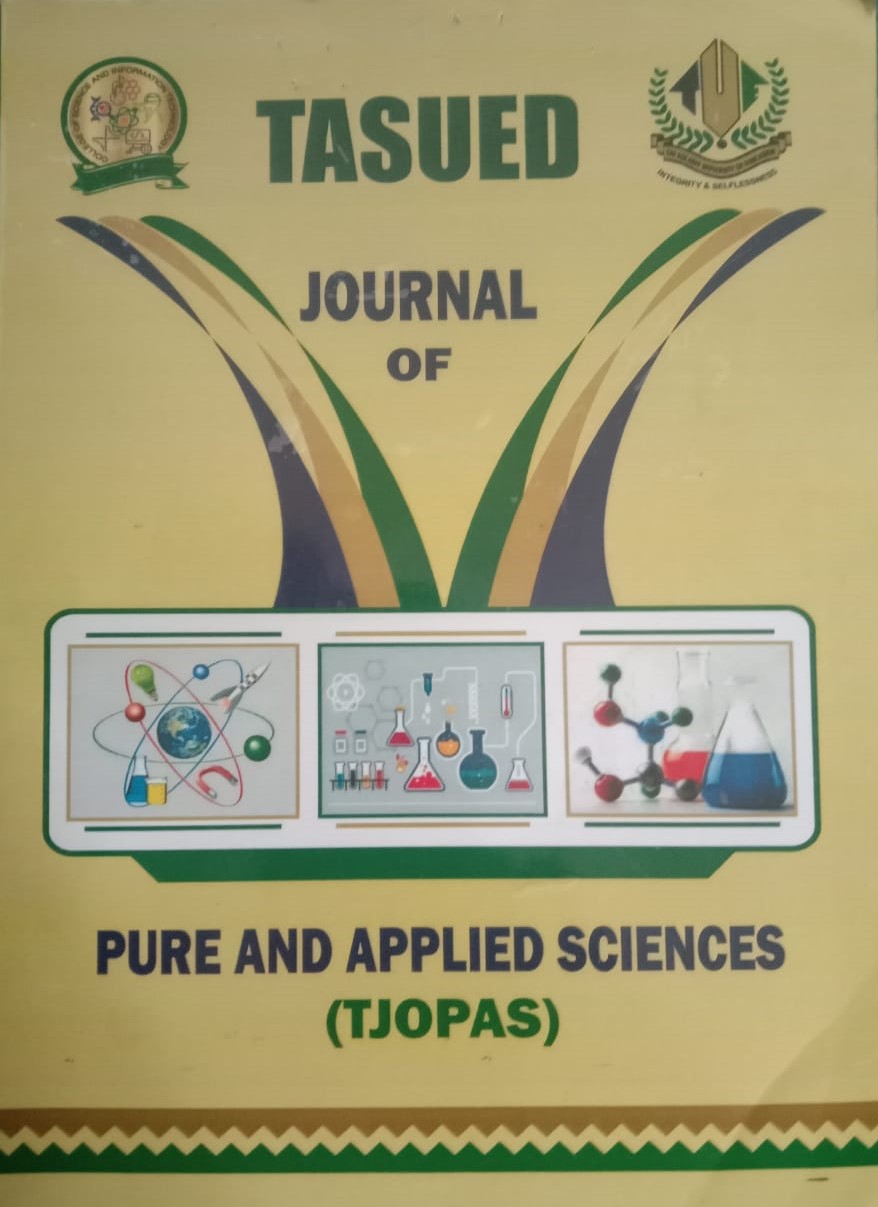Geophysical Investigation of Causes of Road Failure along Gedu-Oroki Junction, Oyo State, Southwestern, Nigeria
Keywords:
Resistivity, Vertical electrical sounding, Electrodes, Terrameter, GeophysicalAbstract
Geophysical method has been used to investigate the causes of road failure along Gedu-Oroki junction with a view to characterize the subsurface lithology and to delineate the geological structure responsible for the road failure using geo-electrical techniques. The basic field equipment for this study was the ABEM Terrameter SAS 1000 which displays apparent resistivity values digitally as computed from ohm’s law. Thirty Schlumberger vertical electrical soundings (VES) were carried and the data obtained were interpreted using curve matching methods and computer iteration technique. Three geo-electric layers were identified across all the VES in the failed segments which include: topsoil, lateritic clay and weathered basement/fresh basement except VES 9 and VES 12 with four and two distinct layers. The top soil have resistivity values ranges from 23.6 to 133.0 Ωm with thickness of 1.4 – 2.6m, while the lateritic clayed layer have resistivity in the range of 24.7 – 159.0 Ωm with thickness varied from. 2.0 – 80 m. The third geo-electric layer has resistivity values ranging from 71.1 – 180.0 Ωm. The study concluded that the clayey formation is not good as sub-grade because of its high porosity and very low permeability hence it tends to absorbs water and swells, this result in high conductivity or low resistivity and differential settlement of the layer which subsequently lead to road failure. It is therefore recommended that for any road construction purpose, the clayey materials should be excavated because of their unstable characteristics and re-filled with more stable materials.

